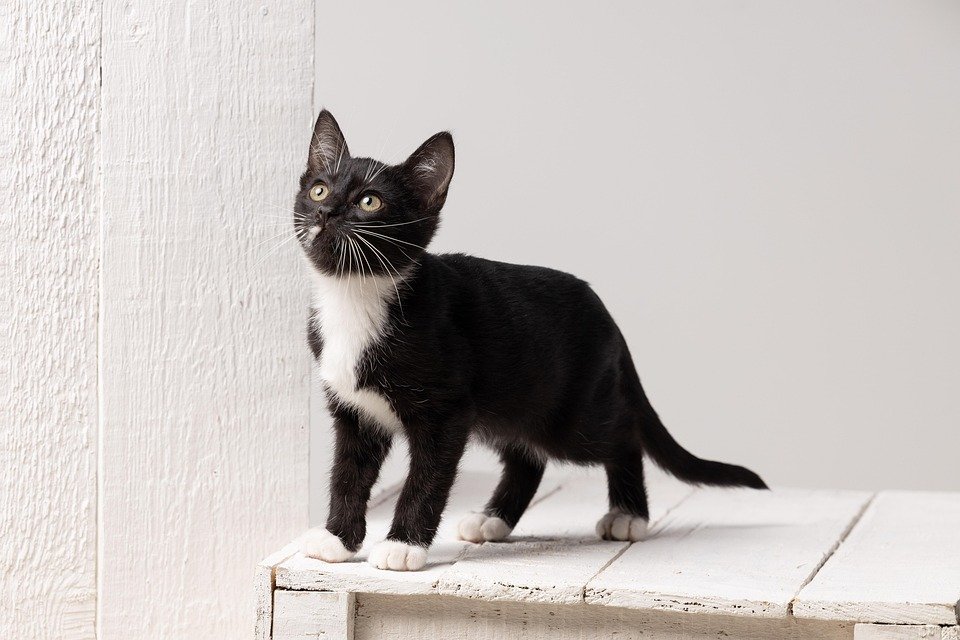
Introduction
Spaying and neutering rescue cats are critical components of responsible pet ownership and animal welfare. These surgical procedures, which involve the removal of reproductive organs in male and female cats, respectively, are essential for numerous reasons. From controlling the cat population to enhancing individual feline health, spaying and neutering are key practices in the realm of cat adoption and rescue. This article delves into the importance of these procedures, their benefits, and how they contribute to the overall well-being of rescue cats.
The Importance of Spaying and Neutering
Each year, millions of cats enter animal shelters around the world, many of which are strays or unwanted litters. Spaying and neutering are vital in controlling the cat population and reducing the number of homeless animals. Uncontrolled breeding leads to overcrowded shelters, increased euthanasia rates, and strained resources. By spaying or neutering rescue cats, we can prevent these adverse outcomes and ensure a better quality of life for these animals.
Population Control
One of the primary reasons for spaying and neutering rescue cats is to manage the population effectively. Female cats can reproduce as early as five months old and can have multiple litters each year. A single unspayed female cat, her mate, and their offspring can produce hundreds of kittens in just a few years. Neutering male cats prevents them from impregnating females, thereby curtailing the exponential growth of the feline population.
Reducing Shelter Overcrowding
Shelters often face the challenge of overcrowding, which can lead to insufficient resources for each animal. Spaying and neutering directly address this issue by reducing the number of animals that need shelter. Fewer cats mean that the available resources can be allocated more effectively, ensuring each cat receives adequate care, nutrition, and medical attention.
Health Benefits of Spaying and Neutering
Beyond population control, spaying and neutering offer significant health benefits to individual cats. These procedures can prevent certain diseases and behaviors that are detrimental to a cat’s health and well-being.
Prevention of Reproductive Cancers
Spaying female cats before their first heat cycle significantly reduces the risk of mammary gland tumors, which are malignant in around 90% of cases. Additionally, spaying eliminates the risk of ovarian and uterine cancers. Neutering male cats prevents testicular cancer and reduces the risk of prostate issues.
Behavioral Improvements
Spaying and neutering can lead to improved behavior in cats, making them more suitable for adoption and easier to manage in a home environment. Neutered male cats are less likely to roam in search of mates, reducing the risk of injury from fights or accidents. They are also less prone to marking territory with strong-smelling urine. Spayed females do not go into heat, which can prevent behaviors such as yowling and increased aggression.
Decreased Risk of Disease Transmission
Spaying and neutering reduce the likelihood of cats engaging in behaviors that increase the risk of disease transmission. For instance, mating-related fights can spread diseases such as feline immunodeficiency virus (FIV) and feline leukemia virus (FeLV). By curbing these behaviors, the overall health of the feline community improves.
Myths and Misconceptions
Despite the clear benefits, several myths and misconceptions about spaying and neutering persist. Addressing these misunderstandings is crucial for promoting these practices among cat owners and rescue organizations.
“Spaying/Neutering is Unnatural”
Some individuals argue that spaying and neutering are unnatural and interfere with an animal’s natural behavior. However, domesticated cats live in environments vastly different from their wild ancestors. The risks associated with unchecked reproduction in these environments justify spaying and neutering as responsible and necessary interventions.
“It’s Better for Females to Have One Litter”
A common myth is that female cats should have at least one litter before being spayed. However, there is no scientific evidence supporting this claim. In fact, spaying before the first heat cycle provides the most health benefits, including a significant reduction in the risk of mammary tumors.
“Surgery is Risky and Expensive”
While any surgery carries some risk, spaying and neutering are routine procedures with minimal complications when performed by a qualified veterinarian. Many animal shelters and clinics offer low-cost or subsidized spay/neuter programs to make these procedures accessible to all pet owners.
The Role of Rescue Organizations
Animal rescue organizations play a pivotal role in advocating for and implementing spaying and neutering programs. By prioritizing these procedures, rescues can significantly impact the welfare of cats in their care and the broader feline population.
Education and Awareness
Rescue organizations are instrumental in educating the public about the importance of spaying and neutering. Through community outreach, workshops, and informational materials, they dispel myths and promote understanding among potential adopters and cat owners.
Providing Accessible Services
Many rescues partner with veterinary clinics to offer affordable spay/neuter services. These partnerships ensure that cost is not a barrier to responsible pet ownership. Additionally, some organizations operate mobile clinics to reach underserved areas, providing services to communities that might not otherwise have access.
Conclusion
Spaying and neutering are essential practices in cat adoption and rescue, offering profound benefits for both individual cats and the wider feline population. By controlling reproduction, these procedures reduce the number of homeless cats and alleviate the burden on shelters. Furthermore, they enhance the health and behavior of individual cats, making them more adoptable and better companions.
Rescue organizations, veterinarians, and cat owners must work together to prioritize spaying and neutering as a cornerstone of animal welfare. Through continued education, accessible services, and community engagement, we can ensure that all cats lead healthier, happier lives. In doing so, we contribute to a more humane and sustainable future for our feline friends.






